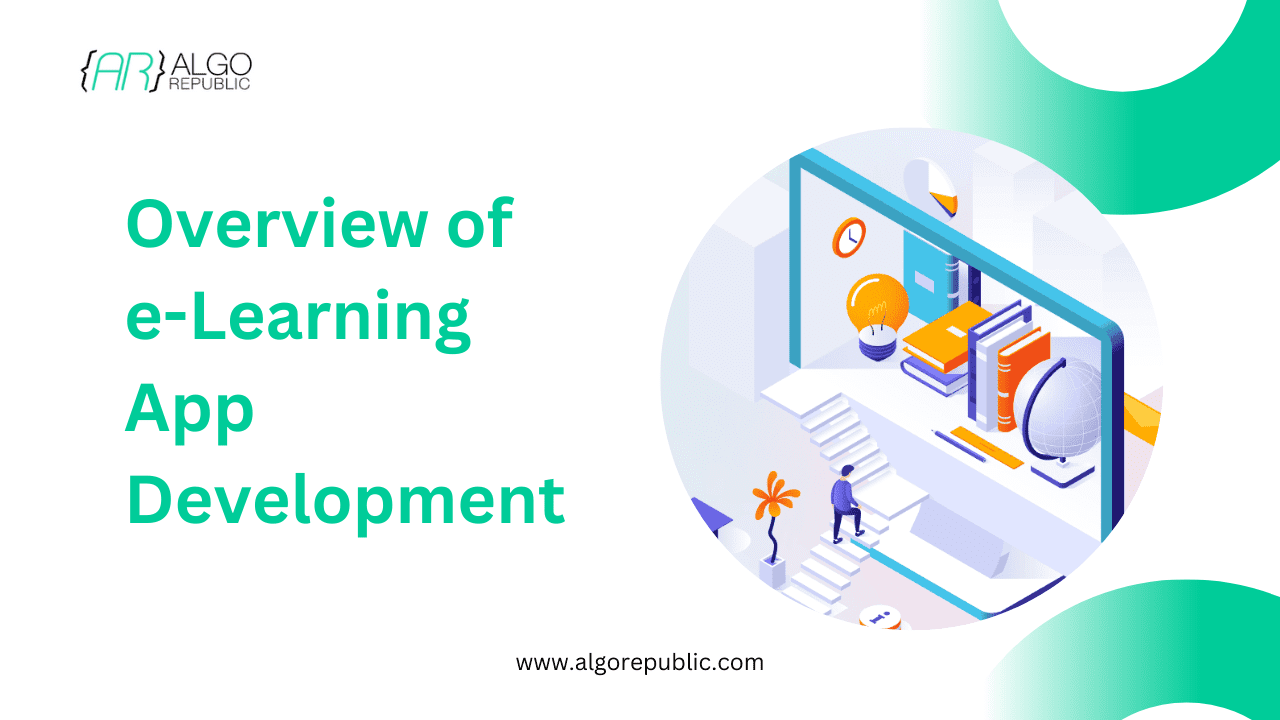Table of Contents
In the rapidly evolving landscape of artificial intelligence, Large Language Models (LLMs) have emerged as a groundbreaking technology with profound implications for various industries. From natural language processing to complex data analysis, LLMs are transforming how businesses operate and engage with their customers. This blog delves into the world of large language models, exploring what they are, how they work, and their growing significance in the business world.
Large Language Models (LLMs)?
Large Language Models (LLMs) are a type of artificial intelligence model designed to understand, generate, and manipulate human language at an unprecedented scale. These models are built using deep learning techniques, particularly neural networks, and are trained on vast amounts of textual data. The objective is to enable machines to comprehend and produce human-like text based on the context provided.
Core Features of LLMs:
Scale: LLMs are trained on extensive datasets, often comprising billions of words from diverse sources. This vast amount of data allows them to capture a wide range of linguistic nuances and contextual relationships.
Depth: These models use complex architectures with multiple layers to capture intricate patterns in language. Each layer of the neural network contributes to understanding different aspects of the input data, leading to more sophisticated language comprehension and generation.
Versatility: LLMs can perform a wide range of language-related tasks, from simple text generation to intricate conversational agents. Their adaptability makes them suitable for applications in various domains, including customer service, content creation, and data analysis.
Benefits for Businesses:
The adoption of LLMs is accelerating across various sectors due to their ability to enhance efficiency, accuracy, and user experience. Businesses are leveraging these models to automate tasks, gain insights, and improve customer interactions.
Enhanced Customer Service: LLMs power chatbots and virtual assistants that provide 24/7 customer support, improving response times and customer satisfaction. By understanding and responding to customer inquiries in real time, businesses can offer a more engaging and efficient customer service experience.
Content Creation: Automating content generation for marketing, social media, and documentation, saving time and resources. LLMs can draft articles, generate social media posts, and create marketing copy that aligns with a brand’s voice, all while reducing the workload on human writers.
Data Analysis: Extracting insights from unstructured data, enabling better decision-making and strategic planning. LLMs can analyze large volumes of text data to identify trends, sentiments, and actionable insights that help businesses make informed decisions.
Personalization: Tailoring recommendations and communications to individual preferences, increasing engagement and sales. By analyzing user data, LLMs can deliver personalized content and product recommendations, enhancing the overall user experience and boosting customer loyalty.
Working Behind LLMs:
LLMs operate based on advanced machine learning algorithms that enable them to understand and generate text. The core technology behind LLMs is deep learning, which involves training artificial neural networks on large datasets.
Data Collection: LLMs are trained on massive datasets containing text from books, articles, websites, and more. This diverse data helps the models learn a wide range of linguistic patterns and contextual relationships.
Preprocessing: The data is cleaned and preprocessed to ensure consistency and relevance. This step involves removing noise, normalizing text, and segmenting the data into manageable units for training.
Model Training: Neural networks are trained using high-performance computing resources to learn patterns and relationships in the data. This process involves adjusting the weights of the network to minimize prediction errors and improve language understanding.
Fine-Tuning: Models are fine-tuned on specific tasks or domains to enhance their performance and accuracy. This involves additional training on domain-specific data to tailor the model’s outputs to particular applications.
Common Applications of LLMs:
LLMs have a wide range of applications across different industries, making them a versatile tool for businesses.
Natural Language Processing (NLP): Enhancing language understanding and generation tasks, such as translation, summarization, and sentiment analysis. LLMs can process and analyze text to provide accurate translations, generate concise summaries, and determine the sentiment behind user reviews or social media posts.
Customer Support: Powering chatbots and virtual assistants to provide instant support and resolve customer queries. These AI-driven agents can handle routine inquiries, guide users through troubleshooting steps, and escalate complex issues to human representatives when necessary.
Content Creation: Generating articles, reports, and marketing materials automatically. LLMs can produce high-quality written content that aligns with a brand’s style and messaging, reducing the need for manual writing and editing.
Personalized Recommendations: Analyzing user behavior and preferences to provide tailored product and content recommendations. By understanding individual user preferences, LLMs can deliver highly relevant suggestions that enhance user satisfaction and drive sales.
Data Analysis: Extracting meaningful insights from large volumes of unstructured text data. LLMs can analyze text data from various sources, such as customer reviews, social media posts, and internal documents, to uncover trends and inform business strategies.
LLMs Key Advantages:
LLMs offer numerous advantages that make them an attractive choice for businesses seeking to leverage AI.
Efficiency: Automating repetitive tasks and processes, reducing the need for manual intervention. LLMs can handle tasks such as data entry, report generation, and customer support, freeing up human employees to focus on higher-value activities.
Scalability: Handling large volumes of data and user interactions without compromising performance. LLMs can manage extensive datasets and support a high number of user requests simultaneously, ensuring consistent and reliable performance.
Accuracy: Providing precise and contextually relevant responses and insights. LLMs are capable of understanding the context of user inputs and generating accurate, meaningful responses that enhance the user experience.
Versatility: Adapting to various tasks and domains with minimal retraining. LLMs can be fine-tuned for specific applications, making them suitable for a wide range of use cases across different industries.
Common Challenges of Large Language Models:
Despite their impressive capabilities, LLMs also present several challenges and limitations that businesses must consider.
Resource Intensive: Training and deploying LLMs require significant computational resources and energy. The process of training large models can be time-consuming and costly, requiring powerful hardware and extensive data.
Bias and Fairness: LLMs can inadvertently learn and propagate biases present in the training data, leading to ethical concerns. It is crucial to address bias in the data and implement fairness measures to ensure equitable and unbiased model outputs.
Interpretability: Understanding how LLMs make decisions can be difficult, raising transparency issues. The complex nature of neural networks makes it challenging to interpret the reasoning behind specific model outputs, which can impact trust and accountability.
Cost: The development and maintenance of LLMs can be expensive, particularly for small businesses. Investing in the necessary infrastructure, data, and expertise to develop and deploy LLMs can be a significant financial burden.
Some Popular LLMs
There are several types of LLMs, each with its unique characteristics and use cases.
GPT (Generative Pre-trained Transformer): Developed by OpenAI, GPT models are known for their powerful text generation capabilities. These models excel at generating coherent and contextually relevant text, making them ideal for applications such as content creation and conversational agents.
BERT (Bidirectional Encoder Representations from Transformers): Developed by Google, BERT is designed for understanding the context of words in a sentence. BERT’s bidirectional approach allows it to capture the relationships between words more effectively, enhancing tasks such as question answering and text classification.
T5 (Text-To-Text Transfer Transformer): Also from Google, T5 treats every NLP problem as a text-to-text task, making it highly versatile. T5 can be applied to a wide range of language tasks by converting inputs and outputs into text, streamlining the model’s application across different domains.
XLNet: An extension of BERT, XLNet integrates ideas from autoregressive models, improving performance on a range of NLP tasks. XLNet’s innovative training approach allows it to capture longer-term dependencies in text, enhancing its ability to understand and generate complex language structures.
Conclusion
Large Language Models are revolutionizing the way businesses approach language-related tasks, offering unprecedented efficiency, accuracy, and scalability. By understanding how LLMs work and their potential applications, businesses can harness their power to drive innovation and stay competitive in an increasingly digital world. However, it is essential to navigate the challenges and ethical considerations associated with these models to ensure their responsible and effective use. As technology continues to advance, the impact of LLMs on various industries is expected to grow, making them a cornerstone of modern business operations.



